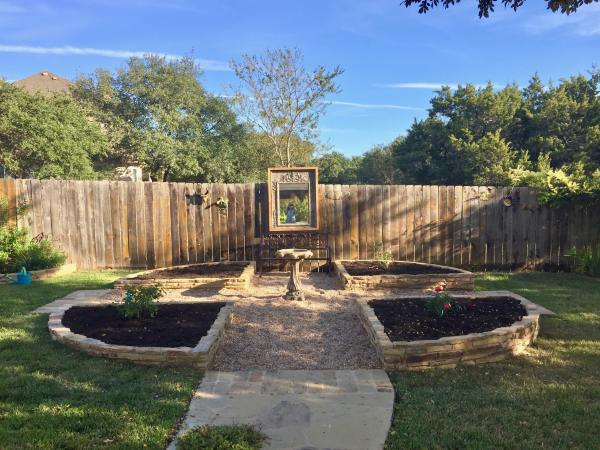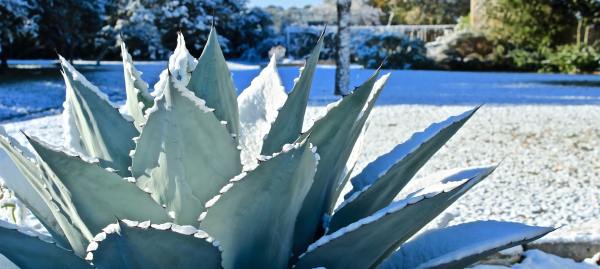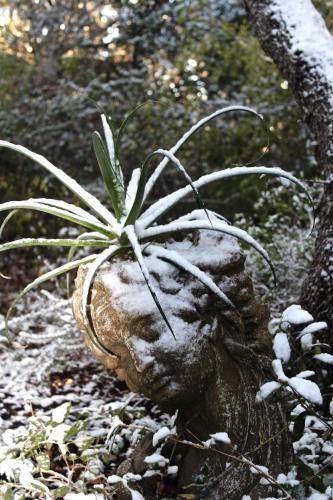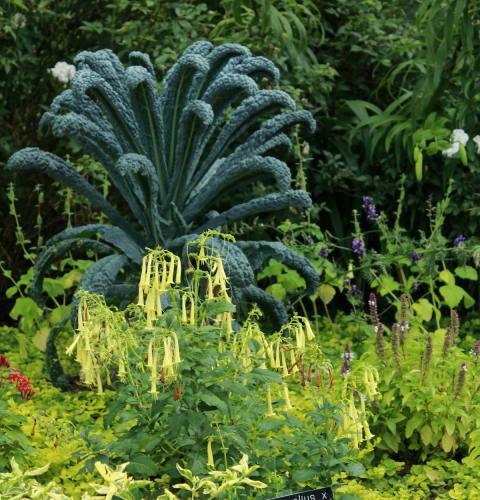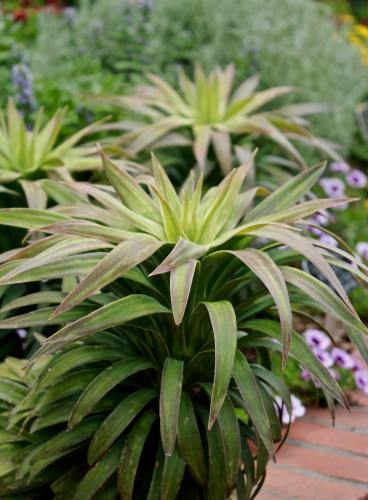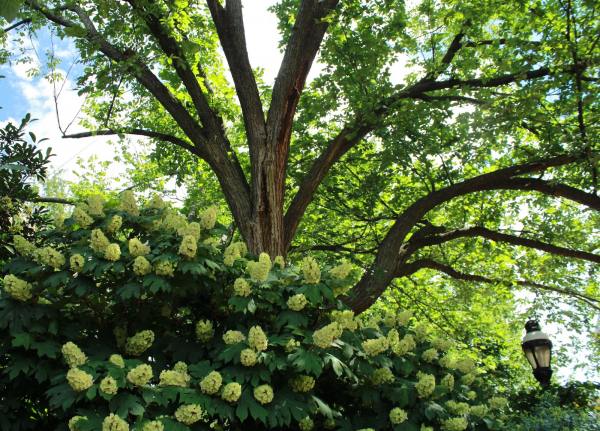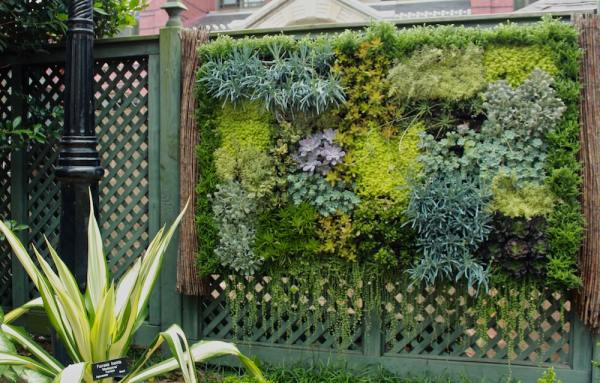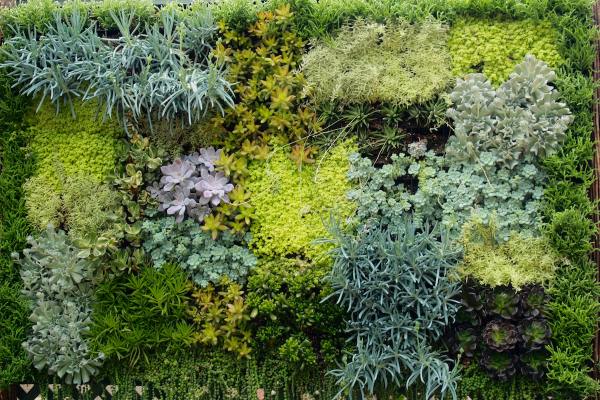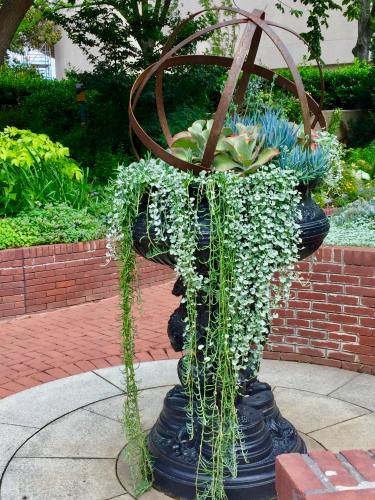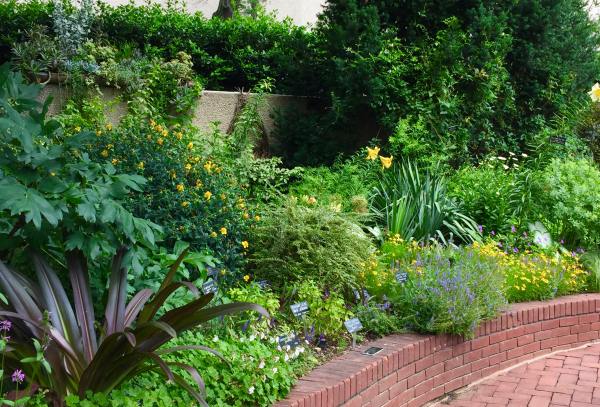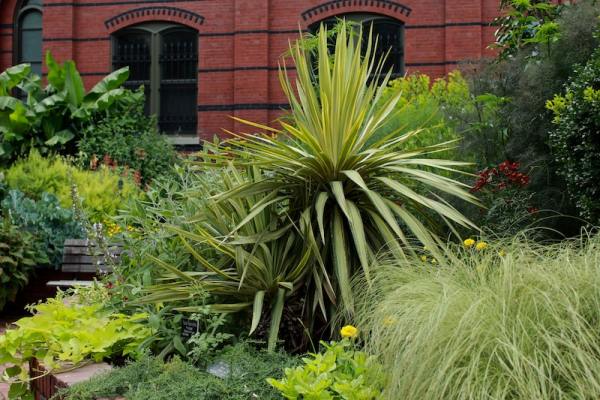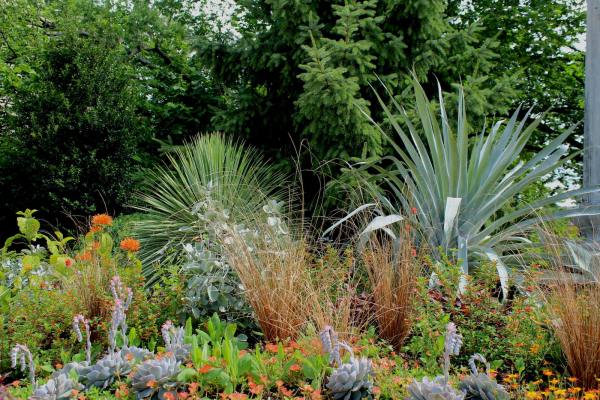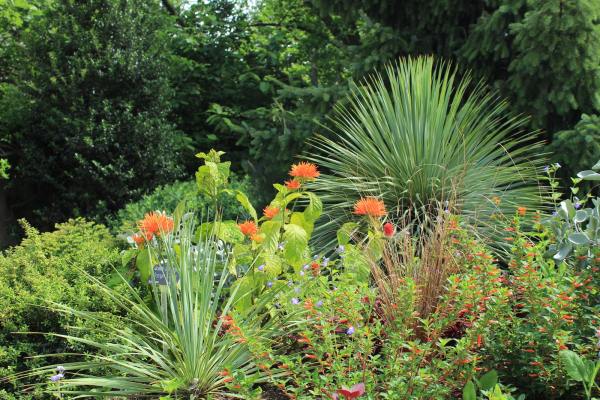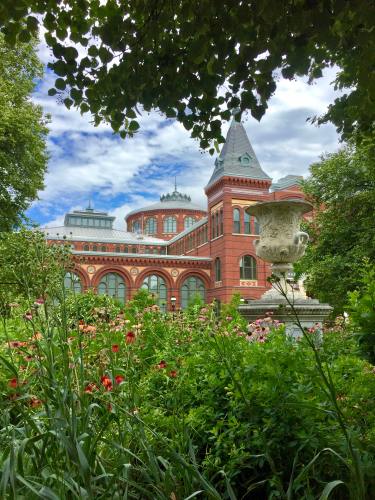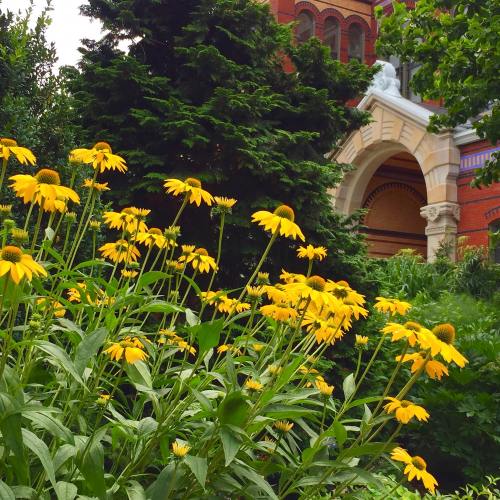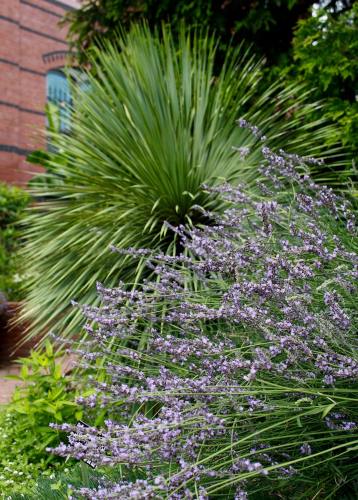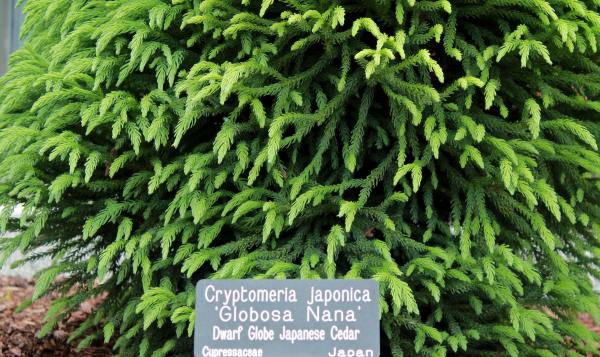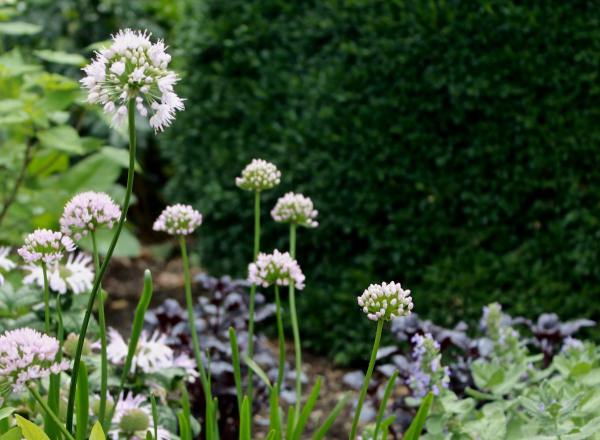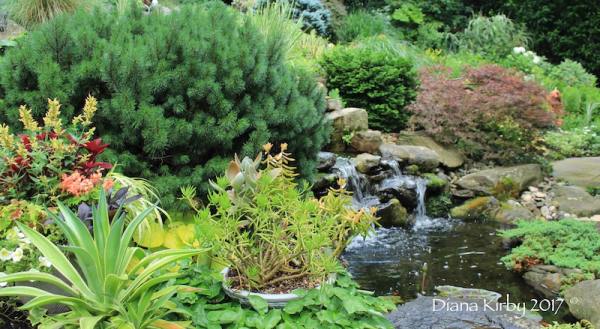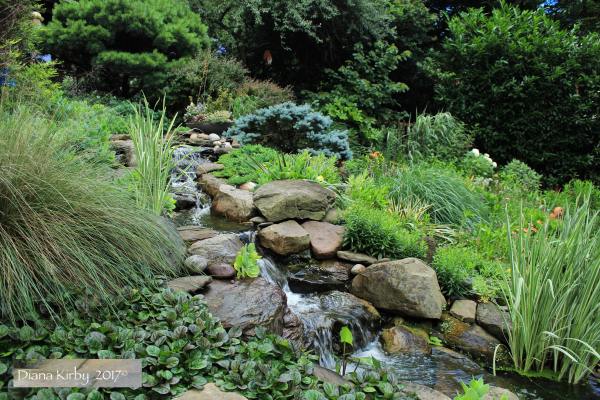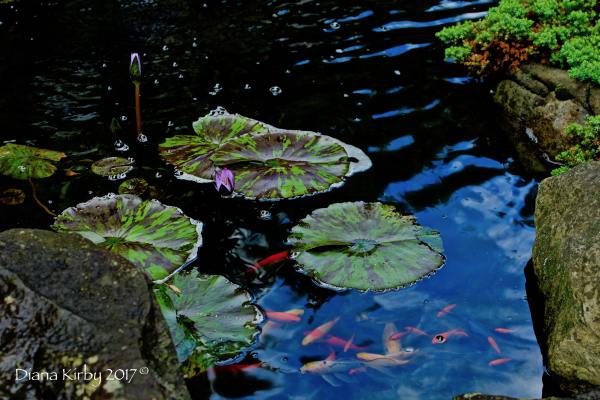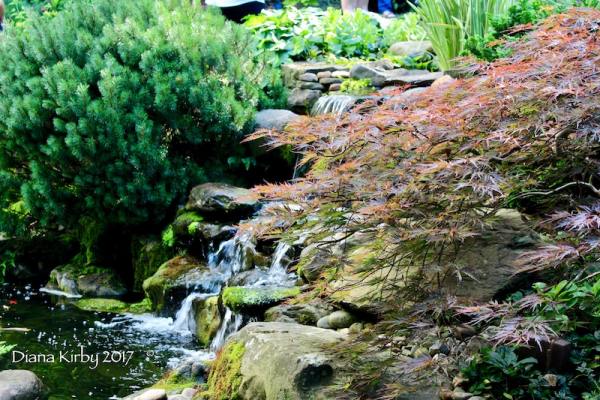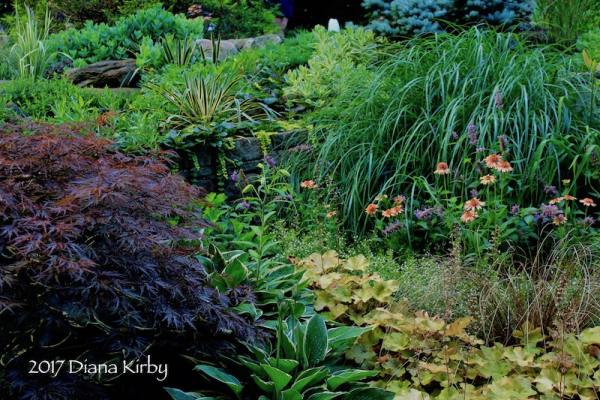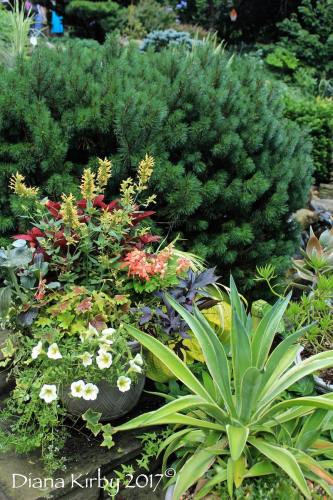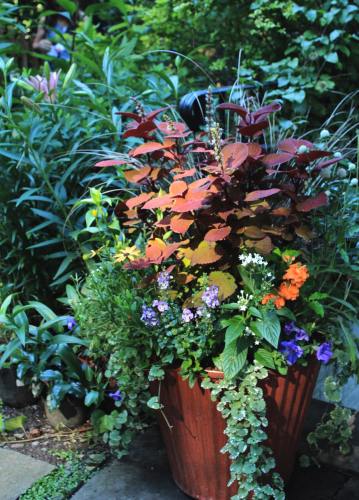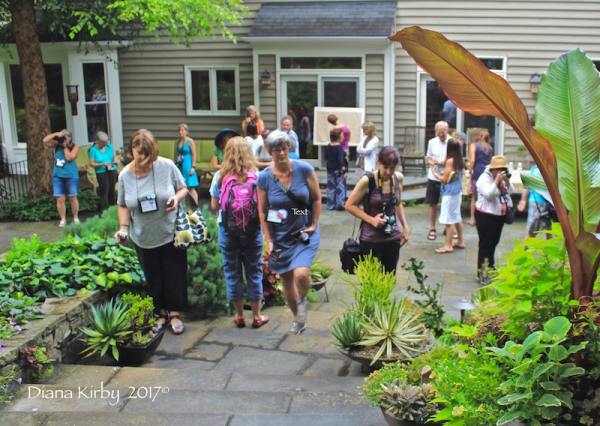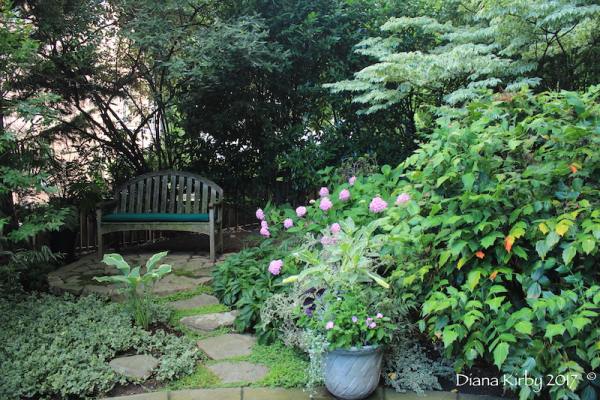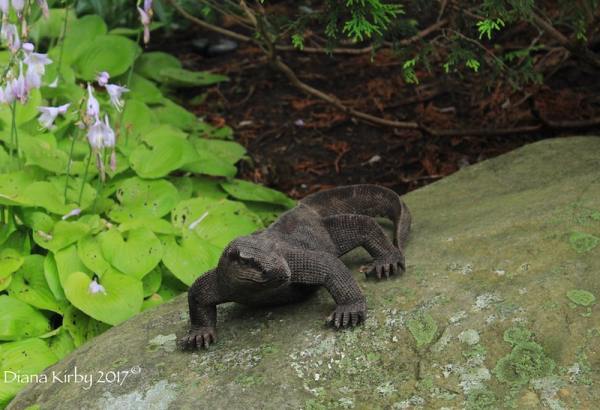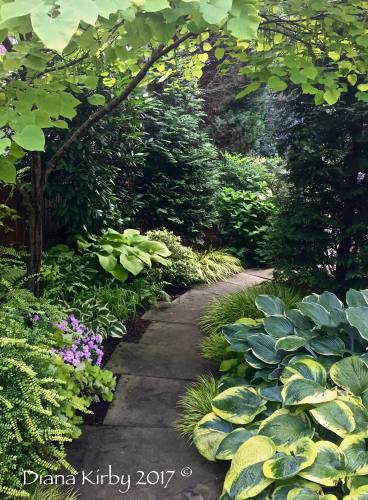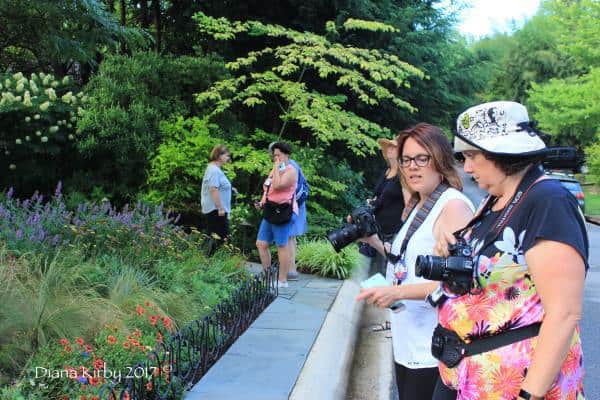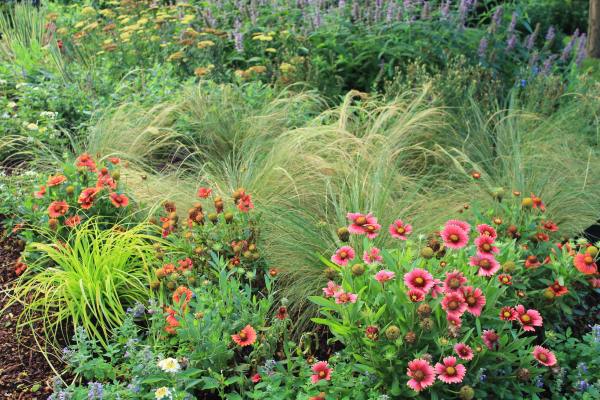Bountiful fig harvests mean it’s fig jam time
Over the last week, 3 of my friends and neighbors have shared figs from their drooping, fig-laden trees with us.
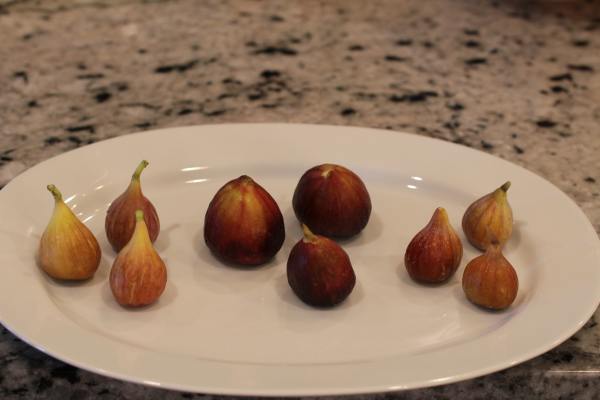 We had 2 or 3 different varieties of figs. The ones in the middle, came from my mail carrier. We talk plants periodically when I’m outside and he’s actually hopped out to take a peek at my vegetable garden. (Shhh – don’t tell anyone!) My figs aren’t ripe yet – they seem to be larger than the small ones and smaller than the large ones. I know that mine is a Brown Turkey fig tree. No idea what these were.
We had 2 or 3 different varieties of figs. The ones in the middle, came from my mail carrier. We talk plants periodically when I’m outside and he’s actually hopped out to take a peek at my vegetable garden. (Shhh – don’t tell anyone!) My figs aren’t ripe yet – they seem to be larger than the small ones and smaller than the large ones. I know that mine is a Brown Turkey fig tree. No idea what these were.
I believe the large purple ones are Black Genoa, Black Spanish or Purple Genca. They were the sweetest figs. The figs on the left were larger than those on the right (though it’s hard to tell from this pic) and came early, soI think they are Celeste. Those are just guesses. Who knows what the really are. There are more than 700 varieties of figs, some don’t fruit and some require two trees for pollination. All these figs came from single trees. That’s all I know for sure!
The first figs went into a delicious salad of field greens, walnuts, peppadew picante goat cheese, and proscuitto. I made a balsamic reduction with balsamic vinegar, honey, spicy Asian plum sauce and poured it warm over the salad. It was amazing.
We ate fresh figs everyday throughout the first days we had the figs and then Jeff made refrigerator fig jam.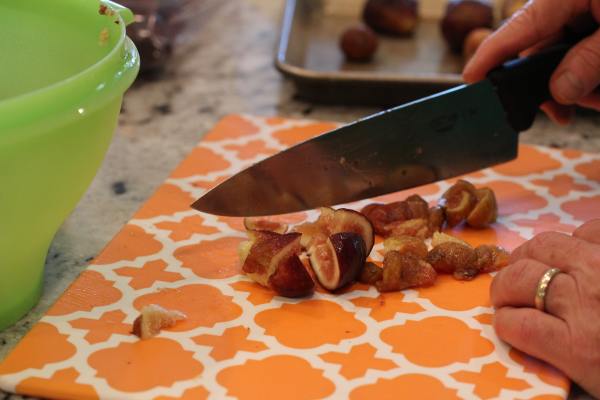 Chop, chop, chop. (It takes a lot of figs to make jam).
Chop, chop, chop. (It takes a lot of figs to make jam).
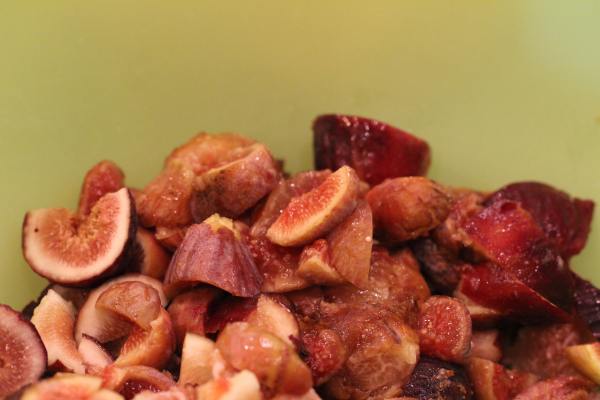
Then comes the sugar. These figs were all so sweet, we agreed that the next time we’d use less sugar, and might add some balsamic vinegar to bring out the natural sweetness of the fruit.
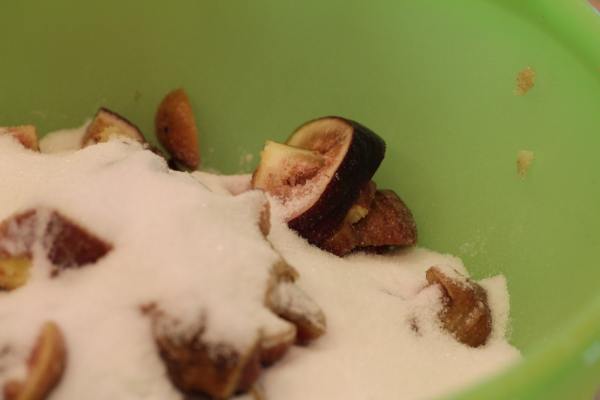 The house smelled great as they were bubbling in the pot. Mother Nature’s air freshener!
The house smelled great as they were bubbling in the pot. Mother Nature’s air freshener!
He didn’t can them, though he sometimes goes that extra step. This refrigerator recipe will keep for up to 3 months in the fridge. I can tell you they won’t last that long in our refrigerator.
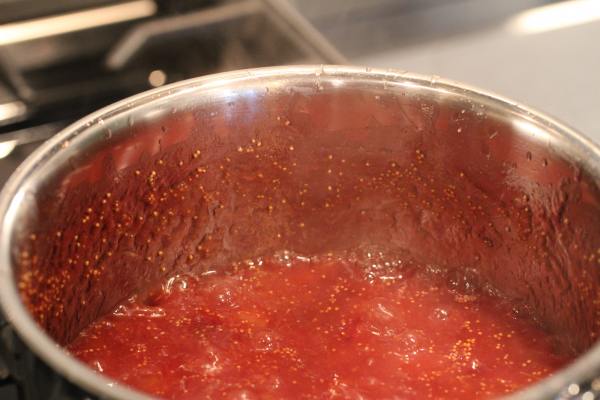
After scooping them into the jars we shared some of them and bought some English muffins. You know what happened next.
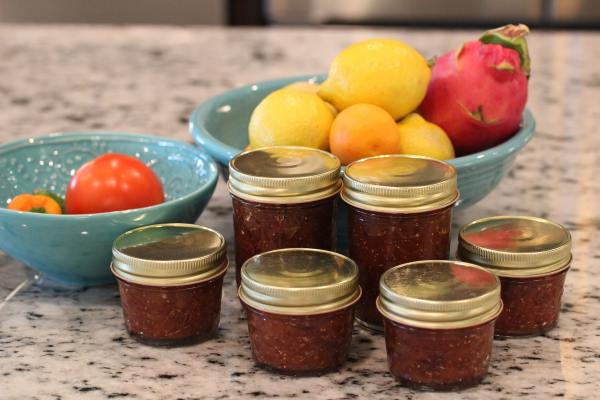 A wonderful, fresh home garden treat, we’ll be enjoying the jam this winter as well.
A wonderful, fresh home garden treat, we’ll be enjoying the jam this winter as well.
There are hundreds of other recipes for fresh figs or fig jam, chutney, sauce, etc. I’m already thinking of pairing the fig jam with pork chops, among other things.
If you don’t have a fig tree in your yard, trust me — you’re missing out.


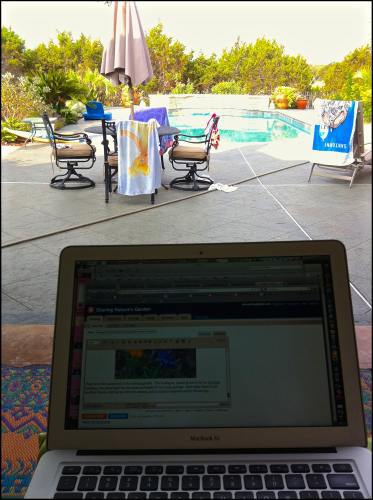 The social media explosion forever changed electronic communication around the globe. The advent of web blogs brought a new, dynamic opportunity for gardeners to communicate with other gardeners.
The social media explosion forever changed electronic communication around the globe. The advent of web blogs brought a new, dynamic opportunity for gardeners to communicate with other gardeners.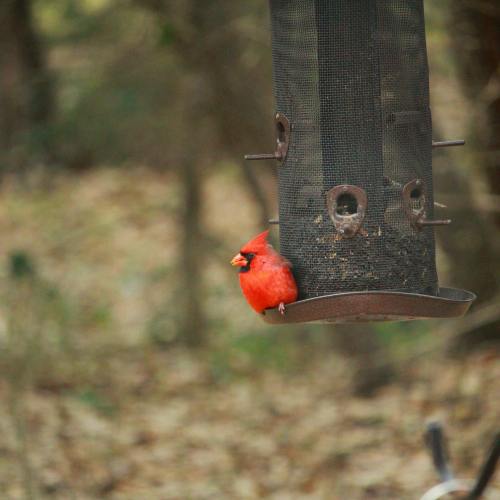
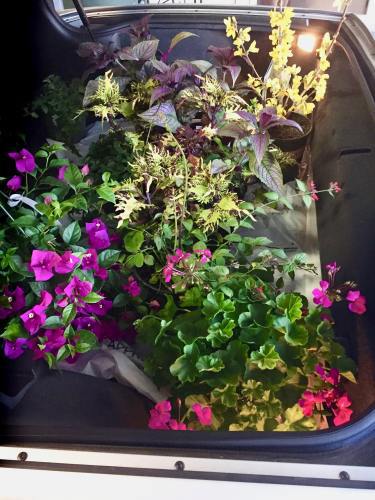
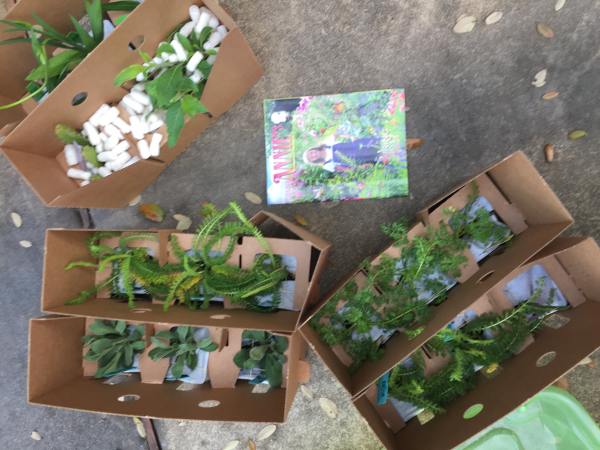
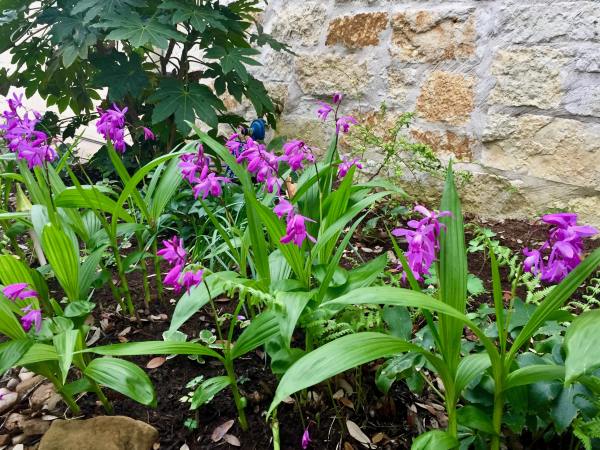
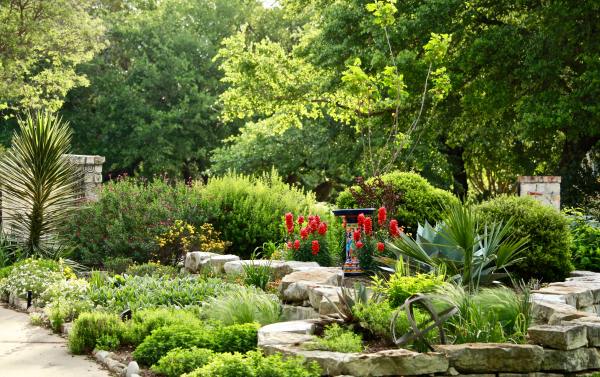
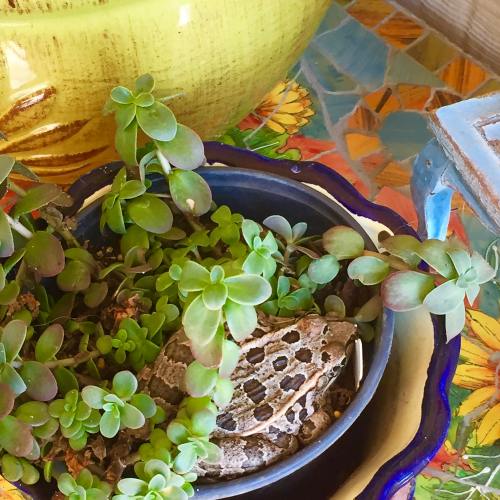
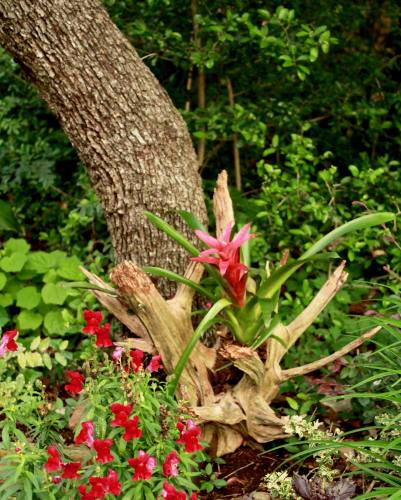
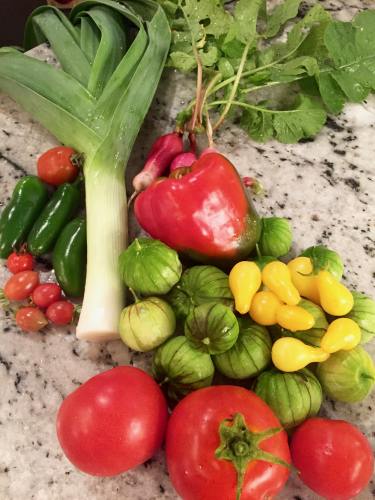 July: By now, the veggie garden provides us with an ongoing variety of great fruits and vegetables. Sadly, it is also the time for stink bugs and leaf-footed bugs to attack the tomatoes. Almost impossible to eliminate, I get depressed about the impending demise of my tomato crop. They multiply so quickly, it’s impossible to control them by hand squishing or spraying them with the hose.
July: By now, the veggie garden provides us with an ongoing variety of great fruits and vegetables. Sadly, it is also the time for stink bugs and leaf-footed bugs to attack the tomatoes. Almost impossible to eliminate, I get depressed about the impending demise of my tomato crop. They multiply so quickly, it’s impossible to control them by hand squishing or spraying them with the hose.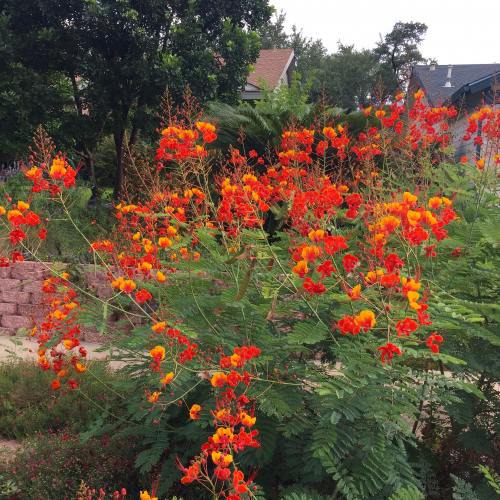
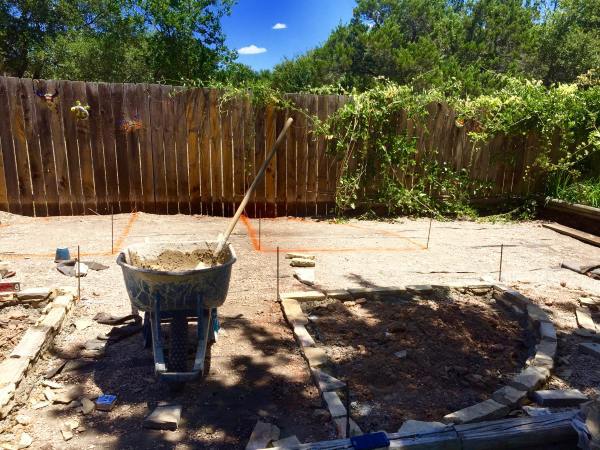
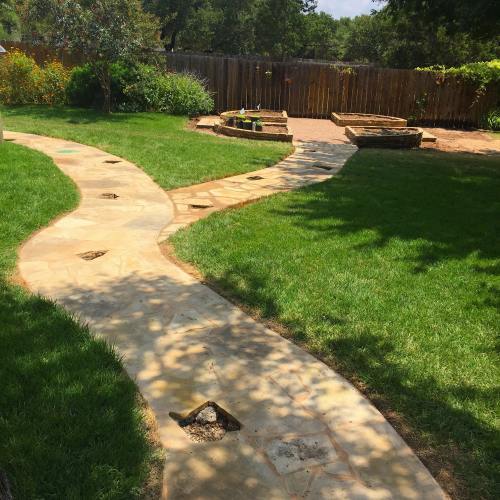
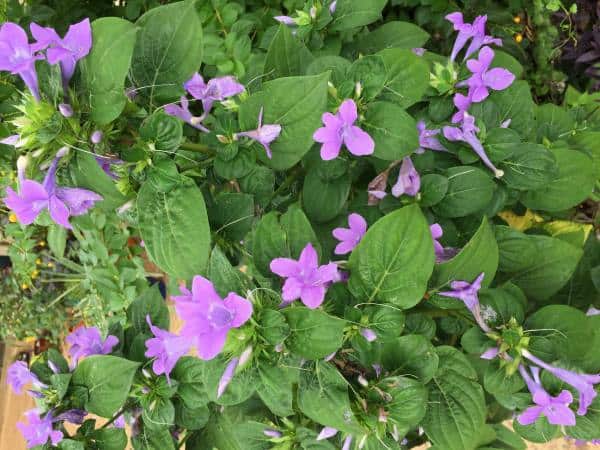 November: Fall also brought forth blooms from the newly planted Phillipine Violet, Barleria polytricha. My first experience growing this plant, it was awelcome addition to the tropical garden.
November: Fall also brought forth blooms from the newly planted Phillipine Violet, Barleria polytricha. My first experience growing this plant, it was awelcome addition to the tropical garden.